ORNL's Communications team works with news media seeking information about the laboratory. Media may use the resources listed below or send questions to news@ornl.gov.
751 - 760 of 1155 Results
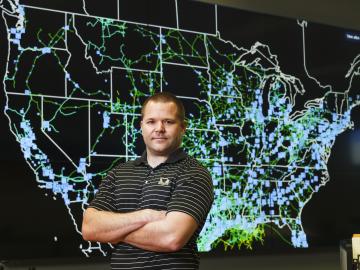
Nils Stenvig has always had an interest in solving big problems. That desire drove his focus on electrical engineering in college and eventually led him to Oak Ridge National Laboratory, where today he’s using his expertise to better understand the world’s largest machine—the electrical grid.

Scientists at the Department of Energy’s Oak Ridge National Laboratory have developed a new method to peer deep into the nanostructure of biomaterials without damaging the sample. This novel technique can confirm structural features in starch, a carbohydrate important in biofuel production.

Valentino (“Tino”) Cooper of the Department of Energy’s Oak Ridge National Laboratory uses theory, modeling and computation to improve fundamental understanding of advanced materials for next-generation energy and information technologies.

We have a data problem. Humanity is now generating more data than it can handle; more sensors, smartphones, and devices of all types are coming online every day and contributing to the ever-growing global dataset.
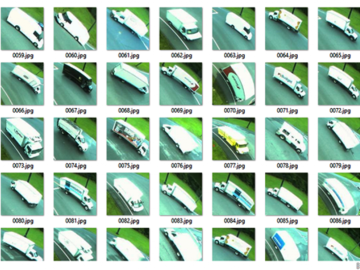
Each year, approximately 6 billion gallons of fuel are wasted as vehicles wait at stop lights or sit in dense traffic with engines idling, according to US Department of Energy estimates.

As a reactor physics nuclear engineer, Ben Betzler leverages and develops computational methods to solve questions across nuclear energy—whether it’s finding the best design of a reactor core or repurposing an old tool for a new analysis.

As the second-leading cause of death in the United States, cancer is a public health crisis that afflicts nearly one in two people during their lifetime.
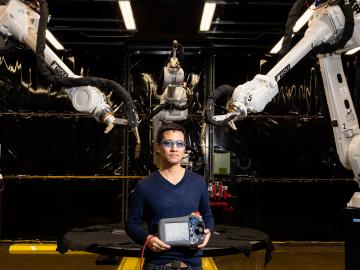
Peter Wang is focused on robotics and automation at the Department of Energy’s Manufacturing Demonstration Facility at ORNL, working on high-profile projects such as the MedUSA, a large-scale hybrid additive manufacturing machine.
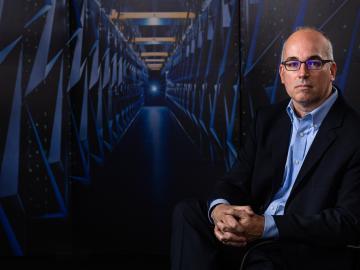
After several years in the private sector exploring the unknown origins of neurodegenerative brain disorders such as Alzheimer’s, Chris Ellis thinks one of the keys to solving the mystery is at Oak Ridge National Laboratory: the world’s most powerful supercomputer.
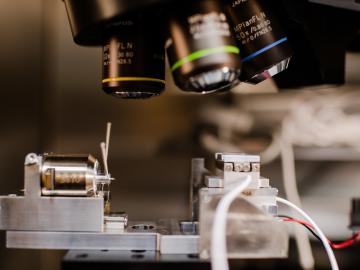
The formation of lithium dendrites is still a mystery, but materials engineers study the conditions that enable dendrites and how to stop them.

